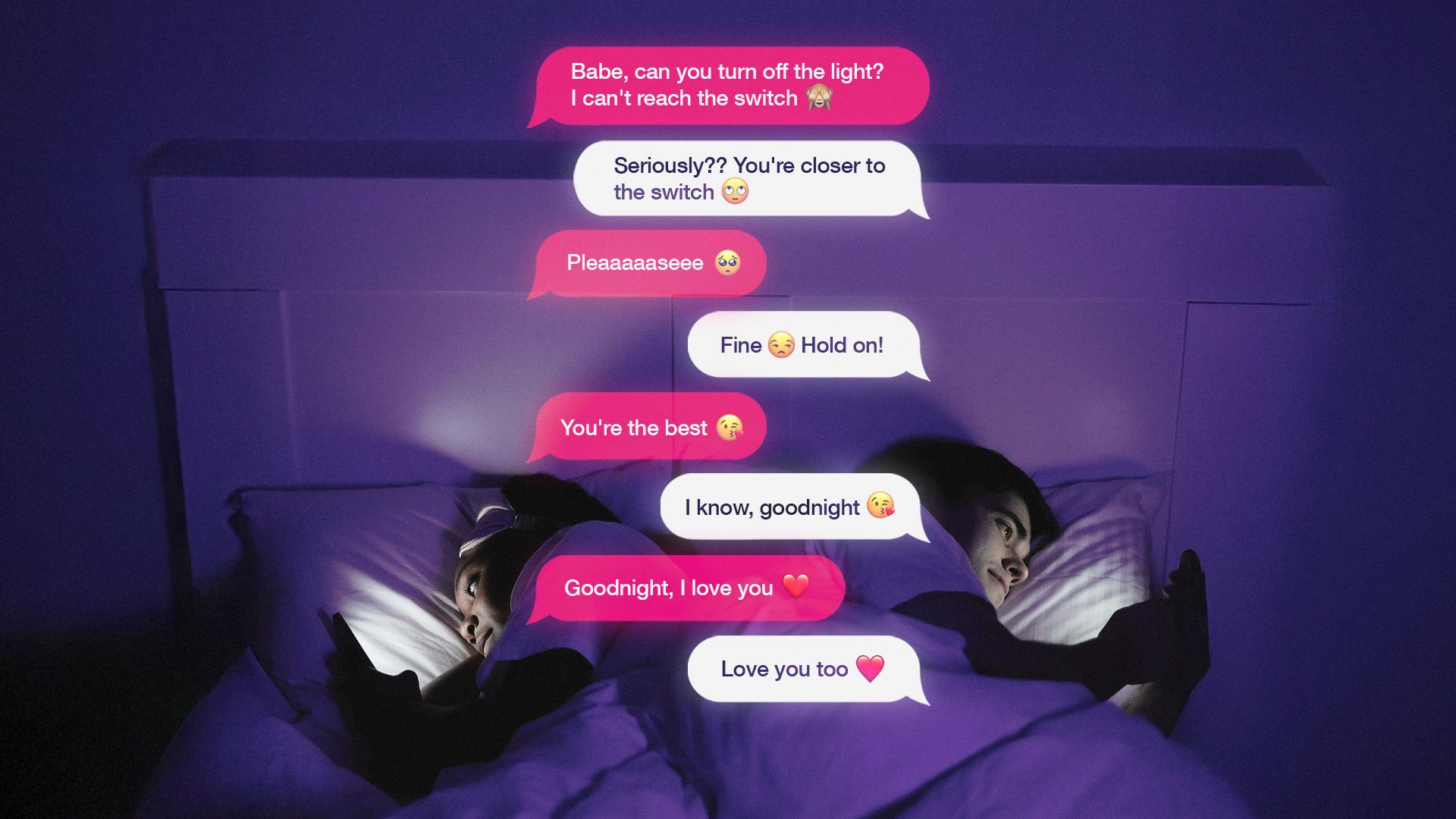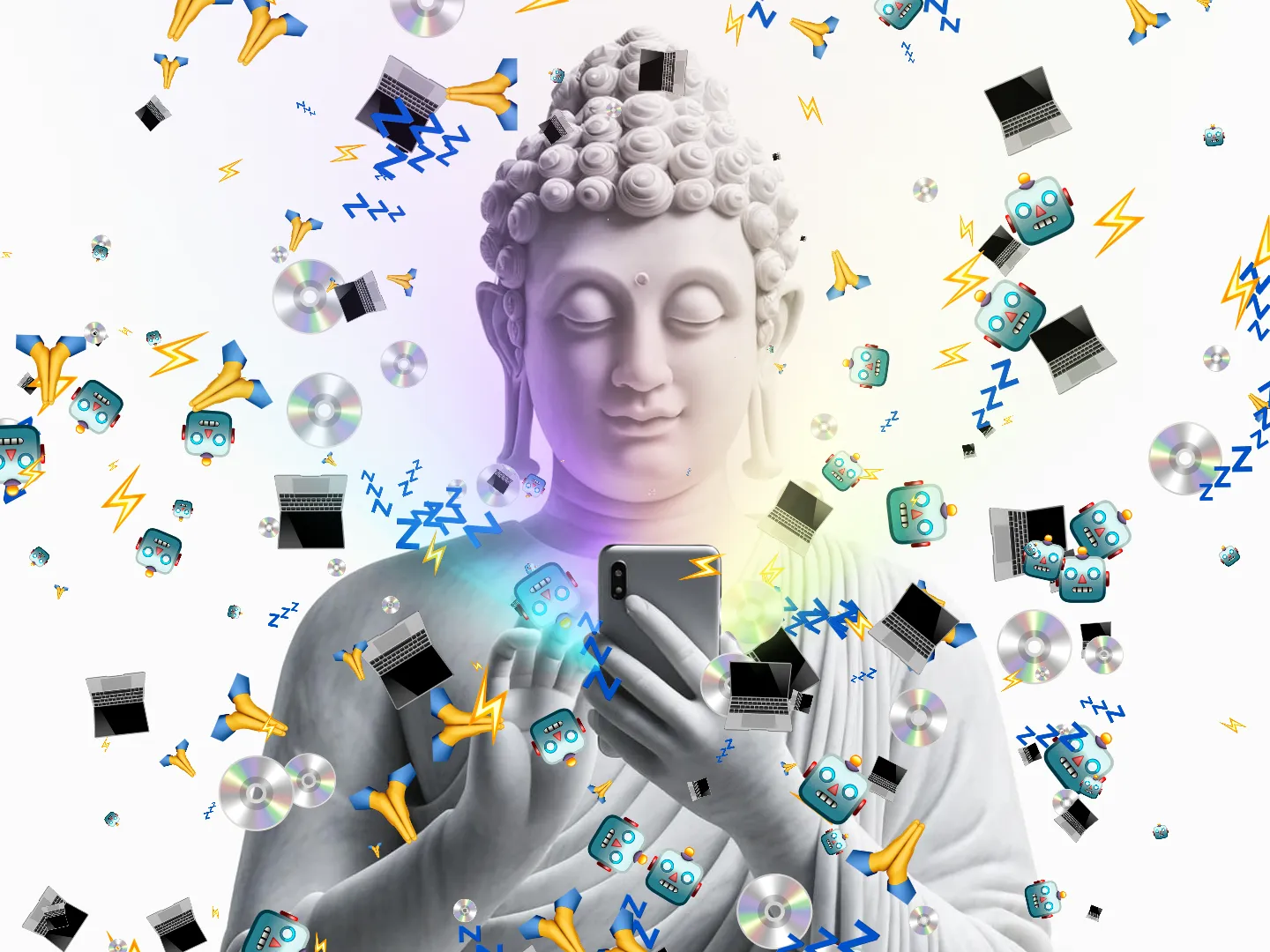Technology has become invisible—precisely because it is everywhere. Where the computer was once a bulky box on a desk and the telephone something reserved for emergencies, technology is now ever-present. Always on, always near. Just as fish don’t realize they’re swimming in water, we move through a digital ecosystem where notifications, screens, and algorithms feel as natural as air and light.
This new habitat offers comfort, but also tension. We are always connected, yet increasingly disconnected from ourselves. Our grandparents had to organize their availability; we now have to protect our unavailability. What happens when being “on” becomes the norm? When attention becomes a commodity and rest a luxury? When families struggle with screen time while tech companies optimize everything to capture more of it? Stress, burnout, and mental health issues among young people are not isolated incidents—they are symptoms of a system designed more for profit than for well-being.
Countermovement: from policy to awareness
And yet, something is shifting. In the Netherlands, smartphones have been banned in classrooms since 2024. Australia has passed a law prohibiting social media use for anyone under sixteen. And the European Union, the world’s largest consumer market, is taking the lead with stricter regulations for tech companies: laws that demand transparency, tame algorithms, and protect human dignity. It’s the beginning of something bigger—technology that strengthens rather than weakens us, aligning with what it means to be human.
Still, legislation is only half the solution. Equally important is how we, as users, engage with technology. Let’s be honest: it’s not just Big Tech chasing our attention—we play along too. How often do you send a message about nothing at all? How often do you let trivial notifications pull you away?
Our digital diet: unconscious and overflowing
We need to rediscover how to live with technology—not as slaves to the stream, but as directors of our digital habits. That begins with asking honest questions. Does every moment need to be filled? Are likes the same as love? Is more always better? What if, before sending a message, we asked ourselves: is it true, meaningful, and timely? How much unease could we spare others?
Think of it like food. Humans evolved to crave sugar—a survival mechanism in a world where sweetness was rare. In today’s world, where sugar is everywhere, that instinct leads to overconsumption and health issues. Responsibility no longer lies solely with companies and governments—it also rests with us.
When it comes to food, we’ve made progress. Many people now pay close attention to what they eat: calories, fats, sugars—everything is measured. But our digital diet? That often flows in unfiltered. An endless stream of notifications, videos, arguments, and opinions floods our minds—rarely with any reflection on its mental nutritional value. Just as fast food can harm our bodies, digital junk can wear down our minds. Digital well-being requires conscious consumption: not just how much we take in, but what—and why.

From detox to balance: technology that supports
Let there be no doubt: we also need better technology. Developers should stop designing to colonize our attention and start building to fulfill human needs. What if apps helped us focus instead of distract? There are already glimmers of hope. Consider meditation and breathing apps like Headspace, Calm, or Waking Up—technologies that bring calm instead of chaos. Or Forest, an app that turns focus into a game, rewarding you for staying off your phone. Only when we design technology not just to sell, but to care, will we create room for real progress.
Digital well-being isn’t just about unplugging or detoxing—it’s about claiming our place in a digital culture that we shape together. That’s why we started the Digital Wellness Center—a digital spa disguised as an exhibition at the Next Nature Museum. Visitors can undergo 'treatments' to increase their digital awareness and well-being.
Imagine a treatment that makes you scroll with your entire body. Or an installation that shows how young people shrink their dance moves to fit inside TikTok videos. A test of your attention span. Or a massage chair that confronts you with the privileges of your access to technology. Not to turn away from tech—but to engage with it more consciously.
Because the question isn’t whether we live in a digital world—we already do. The real question is: how can we use technology to support—or even expand—our humanity?


Comments (0)
Share your thoughts and join the technology debate!
No comments yet
Be the first to share your thoughts!